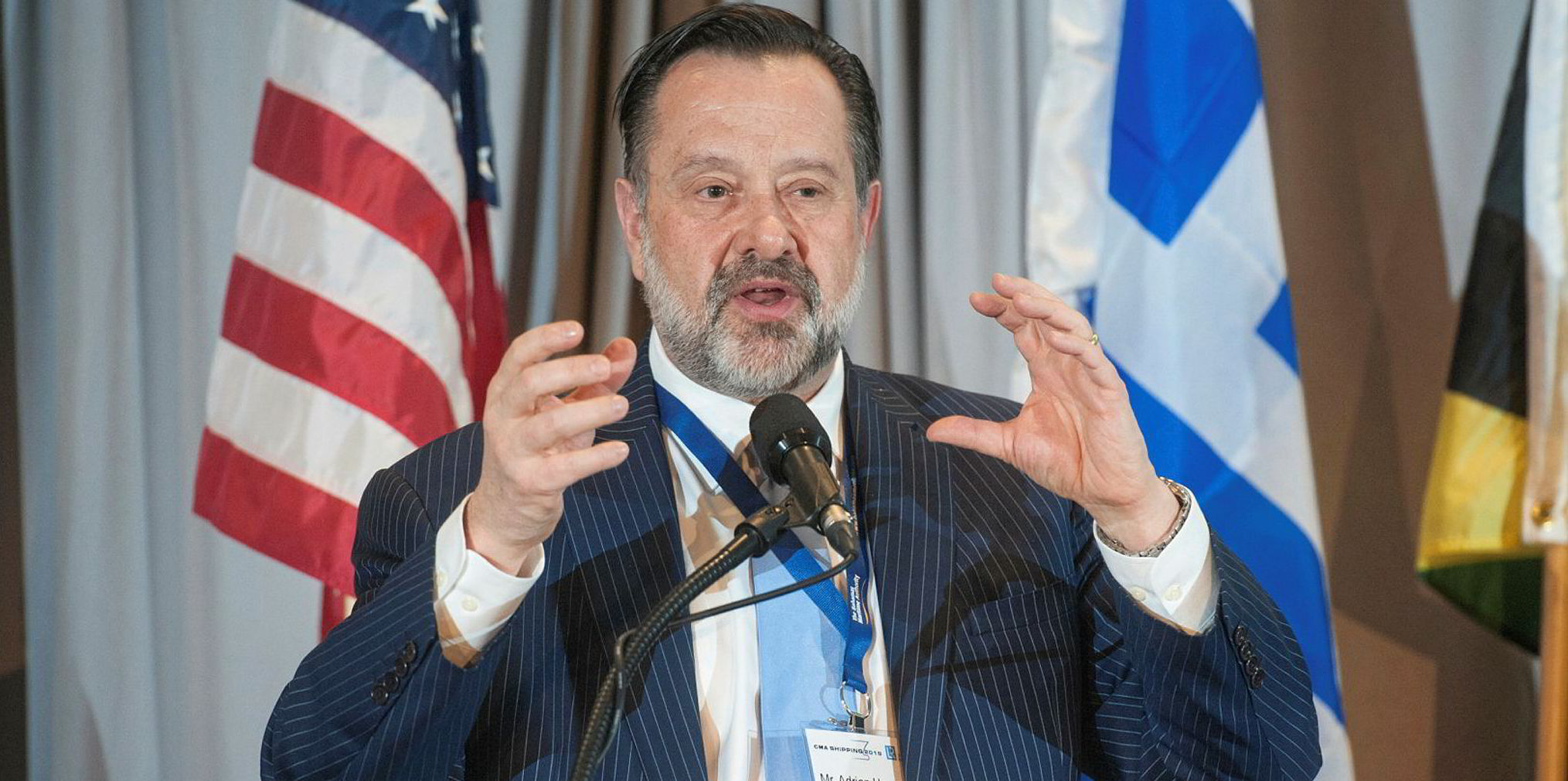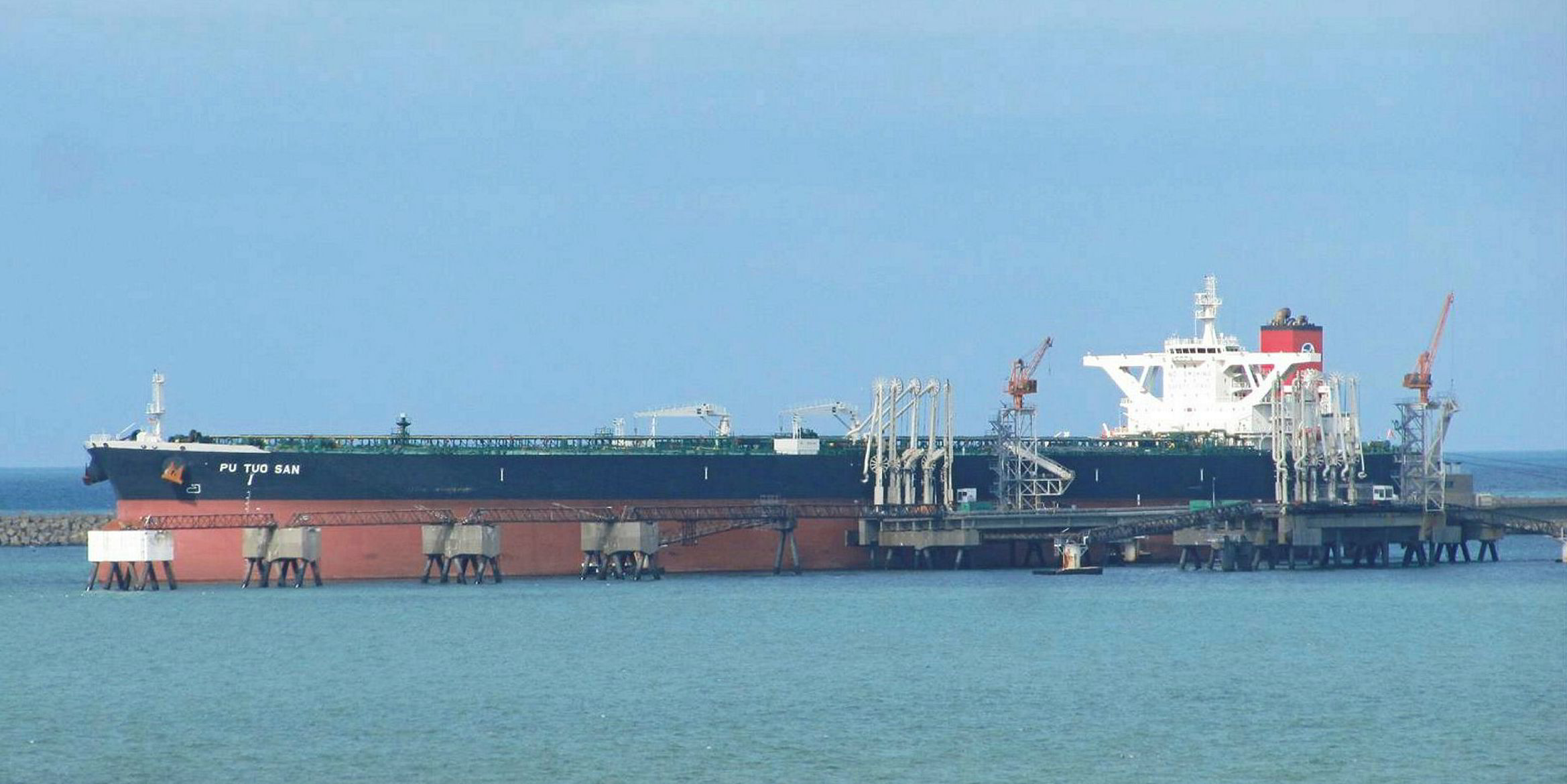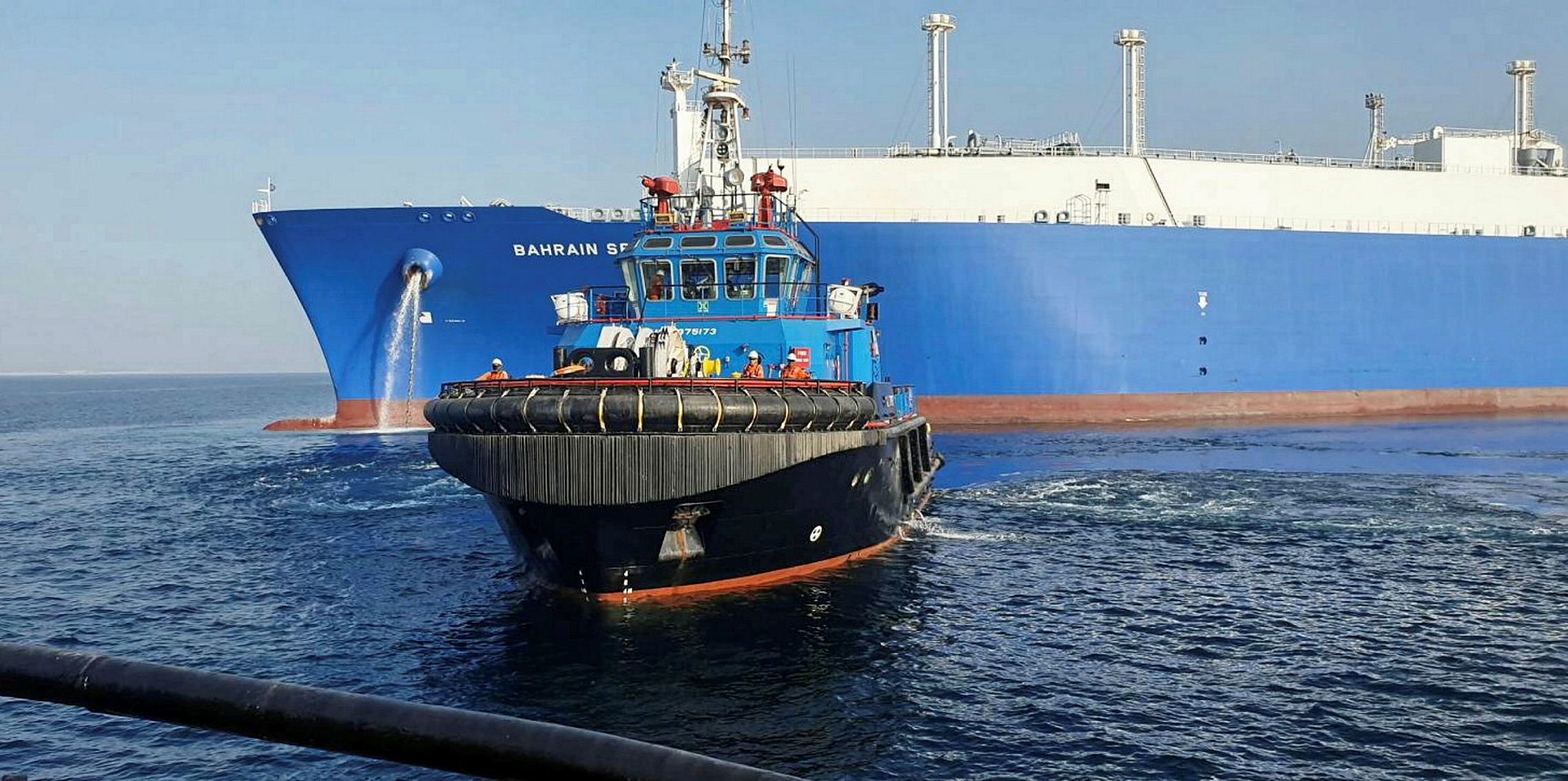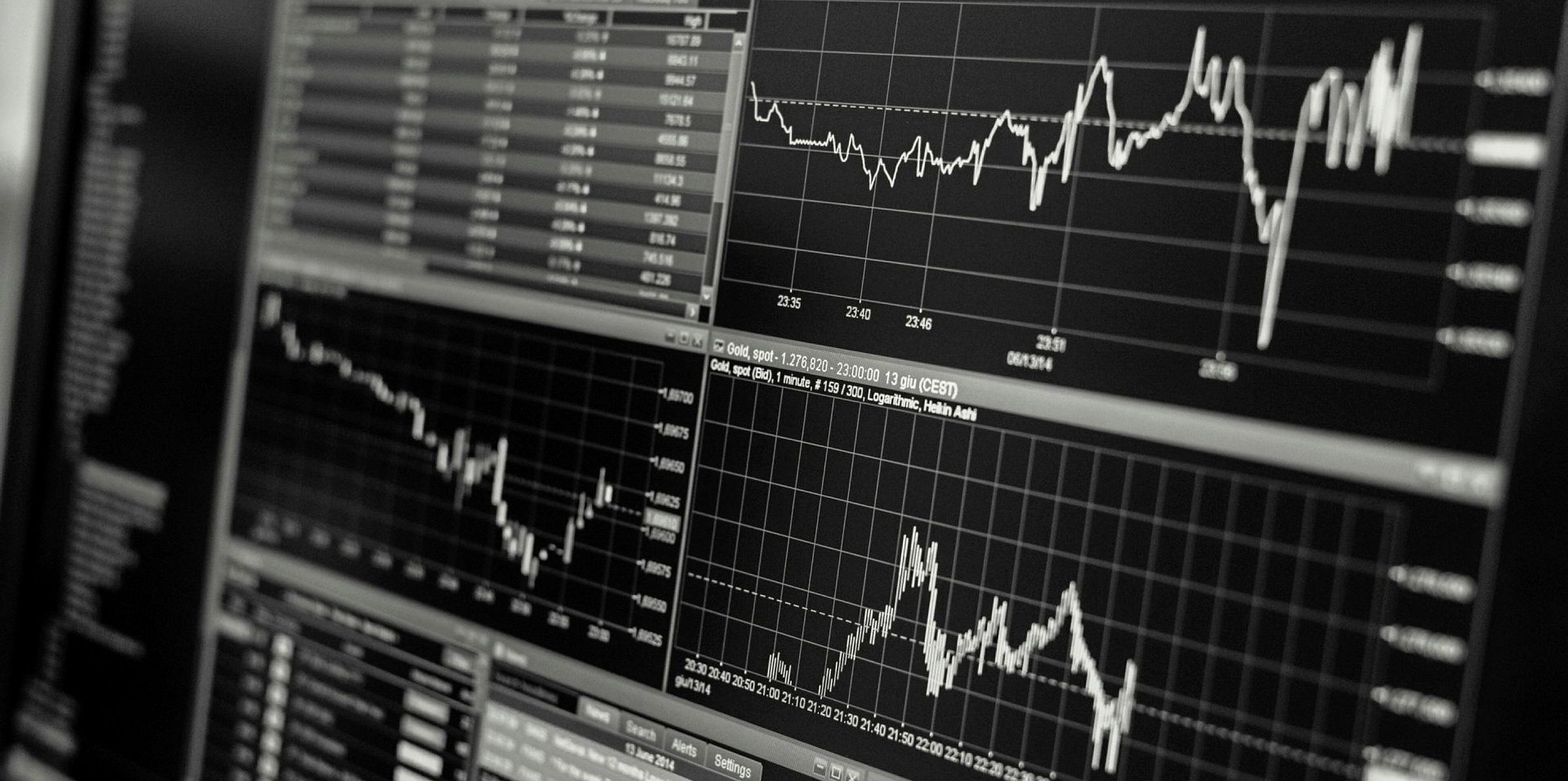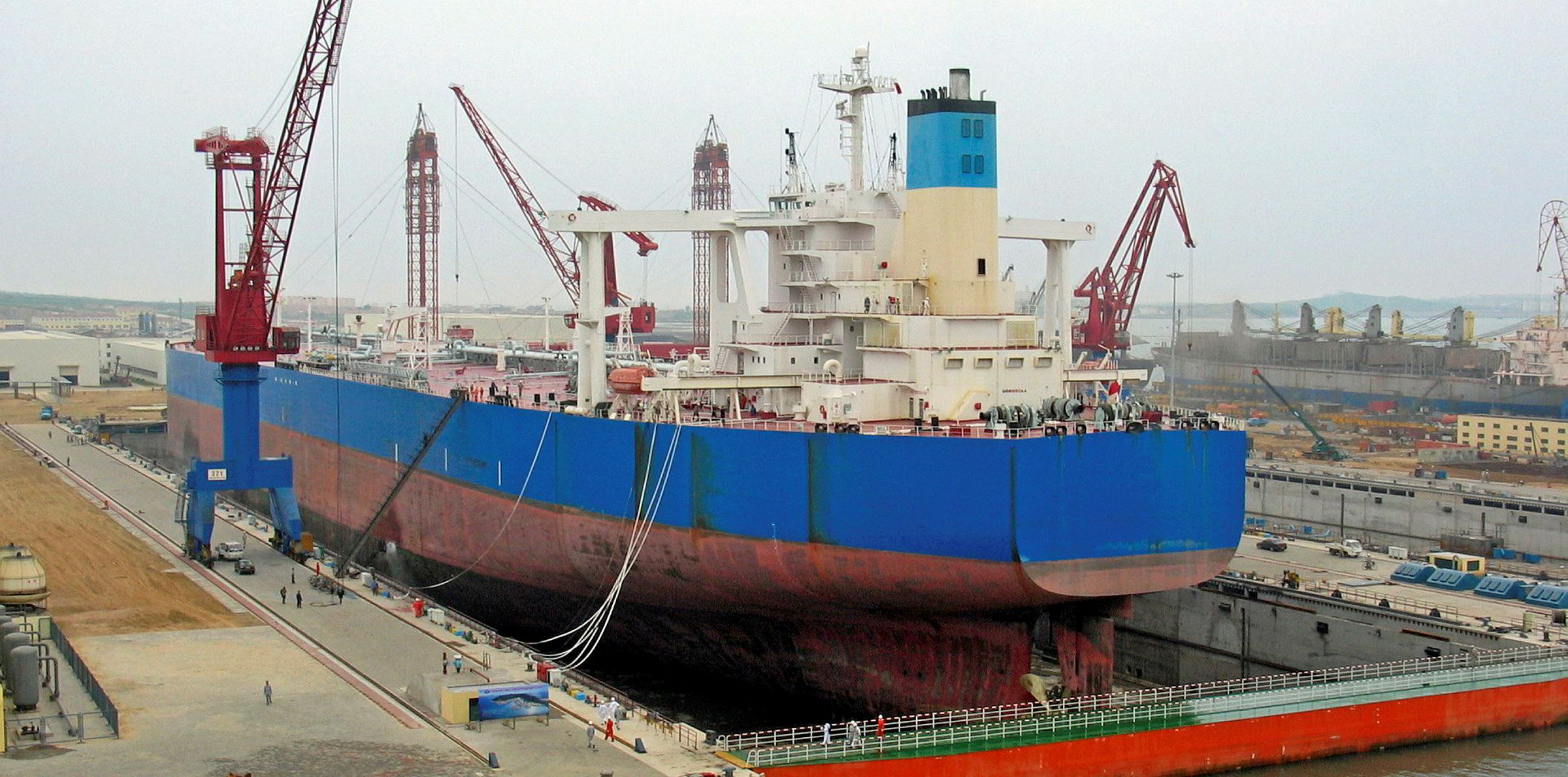Ocean Tankers has emerged as the top player in floating oil storage off the Malaysian coast, with at least eight of its VLCCs being used to store low-sulphur fuel oil (LSFO) ahead of IMO 2020.
According to data from Kpler and VesselsValue, the shipping arm of Singaporean trading house Hin Leong has deployed eight VLCCs to stockpile IMO-compliant LSFO and blending components and one to store an unspecified grade of fuel oil.
The 298,321-dwt Sea Coral (built 1996), 300,349-dwt Sea Equatorial (built 1997), 298,412-dwt Sea Horizon and 309,285-dwt Sea Latitude (both built 2001), 318,068-dwt Hua San (built 2008), 317,963-dwt Lu San and 318,080-dwt Tai San (both built 2009), 317,952-dwt E Mei San (built 2010) and 318,833-dwt Pu Tuo San (built 2011) are floating off Kuala Linggi and Tanjung Pelepas.
The Pu Tuo San arrivedin Kuala Linggi on 24 September, but did not receive LSFO via a ship-to-ship transfer until 15 October, Kpler reported.
A large part of the floating storage operation is thought to be linked to Hin Leong and group affiliate Ocean Bunkering Services, the largest bunker supplier in Singapore by volume in 2018, based on government data.
However, Kpler data also shows three of the VLCCs as chartered by Shell and two by METS Oil & Gas.
Among other shipowners, Thai storage specialist Prima Marine has seven VLCCs stationed off Malaysia, and CS Shipping — a China State Shipbuilding Corp offshoot also focused on oil storage — has four VLCCs there.
In addition, Nordic American Tankers has deployed three suezmax tankers, namely the 150,183-dwt Nordic Sirius (built 2000), 159,988-dwt Nordic Apollo (built 2003) and 150,247-dwt Nordic Castor (built 2004), for similar purposes.
However, Ocean Tankers is the only owner that has deployed ships built after 2005 for floating storage off Malaysia.
Ocean Tankers declined to comment on the matter. Emails to other owners, Shell and METS seeking comment, had not been replied to at the time of writing.

Preparation for IMO 2020
With the bunker industry preparing for IMO 2020 in earnest, the number of vessels used as floating storage off Malaysia has been rising in recent months.
According to Kpler, three suezmaxes, 27 VLCCs, and Euronav’s 441,561-dwt Oceania (built 2003) were moored off the South East Asian country as of mid-October, most of which are carrying LSFO and associated blending components.
The storage operation mainly results from limited onshore tank space, although energy suppliers are also expected to profit from the predicted increase in price of LSFO when the new rules come into force in January.
“Oil companies and bunker suppliers are already preparing for this overnight shift, by stocking up upfront with the new fuel types so to not be caught unprepared, especially as prices for the new fuels are expected to spike,” Banchero Costa’s head of research Ralph Leszczynski said.
Analysts have suggested Malaysia’s growing popularity among floating storage players results from its close proximity to Singapore, the world’s largest bunkering hub, and relatively low anchorage costs.
“[Anchoring] in Singapore costs a fortune,” Bimco’s chief shipping analyst Peter Sand said.
While the number of VLCCs engaged in floating storage is “quite remarkable”, it probably has peaked as most bunker suppliers would begin selling compliant fuel by December and need less storage, according to 20|20 Marine Energy senior partner Adrian Tolson.
In addition, firm spot rates being attained by VLCCs suggest vessel owners and charterers would earn more by trading their ships.
“There is a lot of pressure for them to empty those vessels [in floating storage] and to sail them again,” Tolson said.
